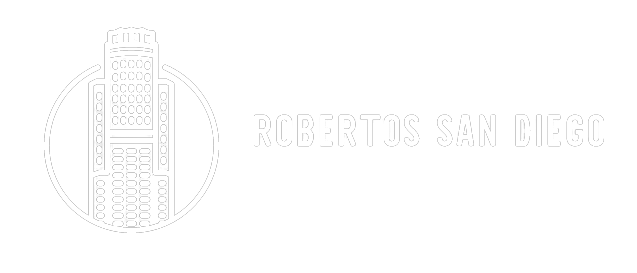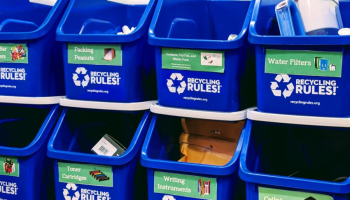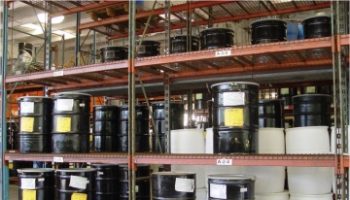In the circular economy, the life cycle of products is reinvented to reduce the consumption of natural resources and minimize waste. Here are some of the main aspects of the circular economy:
1. Circular design: designing sustainable products from the start
In a circular economy, product design focuses on sustainability and reuse. Manufacturers are encouraged to design products that are modular, repairable and easy to disassemble, to facilitate their reuse and subsequent recycling. This helps extend the life of products and reduces the amount of waste generated.
2. Responsible consumption: favor use rather than possession
The circular economy encourages consumers to adopt a responsible mode of consumption, favoring use rather than possession. For example, instead of purchasing a product, consumers may opt to rent, share or borrow. This reduces the demand for new products and promotes the efficient use of existing resources.
3. Repair and remanufacturing: giving products a second life
An essential component of the circular economy is repair and remanufacturing. Rather than throwing away a defective product, consumers are encouraged to have it repaired. Additionally, manufacturers can remanufacture products using salvaged spare parts, extending their lifespan and reducing the demand for new raw materials.
4. Recycling and recovery of waste: transforming waste into resources
In a circular economy, recycling and recovery of waste occupy a central place. Recyclable materials are collected, sorted and transformed into raw materials for the manufacture of new products. In addition, organic waste can be composted to produce natural fertilizers. This helps reduce dependence on virgin resources and preserve the environment.
The advantages of the circular economy
The circular economy has many advantages both environmentally and economically. Here are some of the main benefits of adopting this model:
Reducing waste and pollution: preserving the environment
By minimizing waste and promoting recycling, the circular economy helps reduce pollution and pressure on natural resources. This helps preserve the environment and limit negative impacts on biodiversity and the climate.
Creation of jobs and new economic opportunities: stimulating innovation
The circular economy offers new economic opportunities by promoting innovation and job creation. The transition to a circular economy requires the development of new technologies, the establishment of repair and remanufacturing services, as well as the creation of recycling and waste recovery sectors. These initiatives promote economic growth and local job creation.
Security of supply of raw materials: reducing dependence
The circular economy reduces dependence on virgin resources by promoting the reuse and recycling of existing materials. This strengthens the security of supply of raw materials, reducing the risks associated with price fluctuations and shortages.
Cost savings: optimize the use of resources
The circular economy makes it possible to optimize the use of resources and reduce costs linked to the supply of raw materials. By extending product life and promoting reuse, businesses can reduce expenses and improve profitability.
How to implement a circular economy? 5 steps
The transition to a circular economy requires a holistic approach and the collaboration of multiple actors. Here are some key strategies for implementing the circular economy:
1. Awareness and education: informing and mobilizing stakeholders
Awareness and education play a crucial role in promoting the circular economy. It is essential to inform consumers, businesses and policy makers about the principles and benefits of this economic model. Awareness campaigns, training and educational programs can encourage the adoption of circular practices.
2. Collaboration and cooperation: working together for systemic change
The circular economy requires close collaboration between actors from different sectors. Businesses, governments, non-governmental organizations like dumpster rental services and civil society must work together to develop circular solutions, build partnerships and share best practices. This cooperation promotes the emergence of a solid circular ecosystem.
3. Regulation and economic incentives: creating a favorable framework
Public policies can play an essential role in the transition to a circular economy. Governments can put in place regulations encouraging reuse, recycling and repair, as well as economic incentives to encourage the adoption of circular practices. Measures such as eco-labels, subsidies and tax breaks can boost innovation and the adoption of circular models.
4. Technological innovation: developing new circular solutions
Technological innovation is a key driver of the circular economy. Advances in areas such as sustainable design, waste collection and sorting, recycling and remanufacturing, as well as circular business models, are essential to accelerate the transition to a circular economy. Investments in research and development of circular technologies including waste management must be encouraged.
5. The creation of networks and platforms: facilitating exchanges and collaboration
The establishment of networks and platforms for sharing information and resources facilitates the exchange of knowledge and collaboration between players in the circular economy. These networks connect businesses, civil society organizations and experts, thus promoting the adoption of circular practices and the identification of new opportunities.
References
- https://racetozerowaste.org/sb-54-california-circular-economy/
- https://www.robertossandiego.net/pollution-in-california-understanding-the-environmental-challenges/
- https://fresnodumpsterrental.org/
- https://www.forbes.com/sites/stevensavage/2023/02/16/the-golden-states-circular-economy-goals-is-that-just-california-dreamin-or-the-future/
- https://www.robertossandiego.net/waste-reduction-behaviors-at-home/





